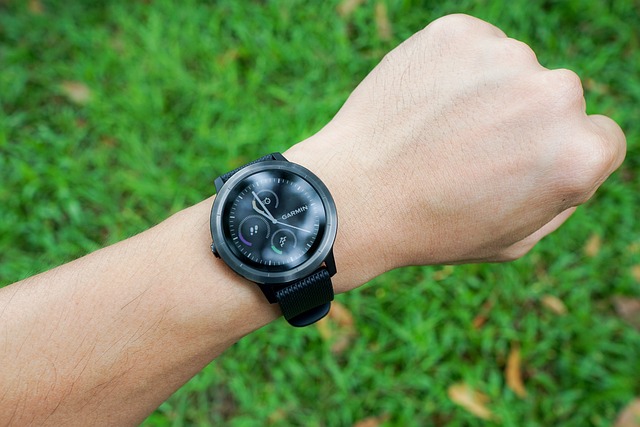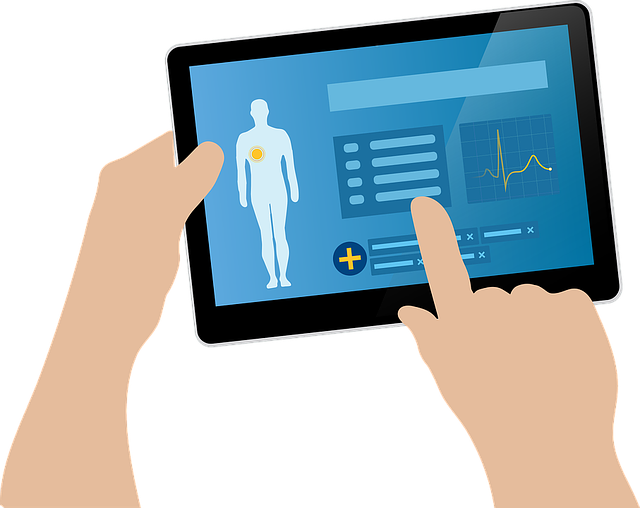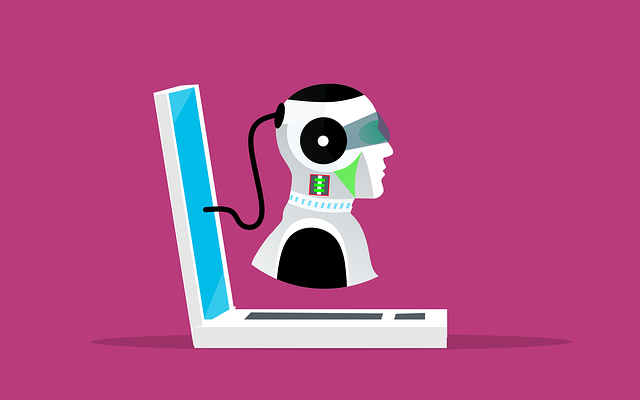HealthTech, the integration of technology into the healthcare industry, has revolutionized patient care. It has brought significant improvements in healthcare delivery, accuracy, and efficiency. HealthTech is leveraging advanced technologies to empower doctors and patients to take better care of themselves. Here are five actionable ways HealthTech is improving patient care:
-
Telemedicine

Telemedicine is a game-changer for healthcare delivery. It enables doctors to provide remote care to patients who cannot visit the clinic. Patients can access medical advice and services from the comfort of their own homes, making healthcare more accessible and convenient. Telemedicine has also proven to be an effective way of monitoring patients with chronic conditions such as diabetes, hypertension, and heart disease. With the help of remote monitoring devices, doctors can keep track of their patients’ vital signs, and intervene before a condition worsens.
Telemedicine has seen a significant surge in demand and usage due to the COVID-19 pandemic, where social distancing and reducing in-person visits are crucial to prevent the spread of the virus. Many healthcare providers have started offering telemedicine services to their patients, and patients have shown a high level of satisfaction with these services. A recent survey conducted by the National Opinion Research Center at the University of Chicago found that 21% of respondents had used telemedicine services in the past year, and 70% of them were satisfied with their experience.
Telemedicine has proven to be an effective way of reducing healthcare costs, especially for patients living in remote areas. A study published in the Journal of Telemedicine and Telecare found that telemedicine was cost-effective in managing chronic conditions such as diabetes and hypertension, resulting in a reduction in healthcare costs.
-
Wearables

Wearables are electronic devices that can be worn on the body. They can monitor various health metrics, such as heart rate, blood pressure, and blood sugar levels, and transmit this data to healthcare providers in real-time. Wearables have proven to be an effective way of detecting health issues early, reducing the need for hospital visits, and improving patient outcomes. Wearables can also help patients take an active role in their health and wellness by tracking their physical activity, sleep, and nutrition.
Wearables have seen a surge in popularity in recent years, with many companies offering wearable devices such as smartwatches, fitness trackers, and health monitors. According to a report by Grand View Research, the global wearable medical device market size was valued at $13.2 billion in 2020 and is expected to grow at a compound annual growth rate (CAGR) of 26.3% from 2021 to 2028.
Wearables have also shown promise in managing chronic conditions such as diabetes and hypertension. A study published in the Journal of Medical Internet Research found that wearable devices were effective in managing diabetes, resulting in a reduction in HbA1c levels. Another study published in the Journal of Hypertension found that wearable devices were effective in managing hypertension, resulting in a reduction in blood pressure.
-
Digital Health Records

Digital health records are electronic records of a patient’s medical history. They are accessible to healthcare providers, regardless of their location. Digital health records make it easier for doctors to access patient information, resulting in faster and more accurate diagnoses. They also reduce the likelihood of medical errors, as doctors can review a patient’s entire medical history before making a treatment decision.
Digital health records have been gaining popularity in recent years, with many healthcare providers adopting electronic health record (EHR) systems. According to a report by Grand View Research, the global electronic health record (EHR) market size was valued at $26.0 billion in 2020 and is expected to grow at a CAGR of 5.8% from 2021 to 2028.
Digital health records have also been shown to improve patient outcomes. A study published in the Journal of Medical Internet Research found that digital health records were associated with a reduction in hospital readmissions and improved patient outcomes. Another study published in the Journal of the American Medical Informatics Association found that the use of digital health records was associated with a reduction in medication errors.
Digital health records have also proven to be useful in managing population health. Healthcare providers can use digital health records to track and analyze patient data, identify trends, and develop targeted interventions to improve population health.
-
Artificial Intelligence

Artificial intelligence (AI) is a field of computer science that focuses on creating machines that can perform tasks that typically require human intelligence. AI is being used in healthcare to analyze large amounts of patient data and identify patterns that may not be apparent to human doctors. AI can help doctors make more accurate diagnoses, develop more effective treatment plans, and predict health outcomes. AI-powered chatbots can also provide patients with personalized medical advice, reducing the need for in-person consultations.
AI has been gaining traction in healthcare, with many companies offering AI-powered tools and services to healthcare providers. According to a report by Grand View Research, the global AI in healthcare market size was valued at $3.5 billion in 2020 and is expected to grow at a CAGR of 44.9% from 2021 to 2028.
AI has shown promise in various healthcare applications, such as radiology, pathology, and cardiology. A study published in the Journal of the American Medical Association found that an AI system developed by Google was as accurate as human radiologists in detecting breast cancer from mammograms. Another study published in the Journal of the American College of Cardiology found that an AI system developed by researchers at the Mayo Clinic was able to predict cardiovascular events with greater accuracy than traditional risk prediction models.
-
Patient Portals
Patient portals are secure websites that allow patients to access their medical records, schedule appointments, and communicate with their doctors. Patient portals can help patients take an active role in their healthcare by providing them with easy access to their medical information. They also enable doctors to communicate with patients outside of office hours, resulting in better patient engagement and improved patient outcomes.
Patient portals have been gaining popularity in recent years, with many healthcare providers offering patient portal services to their patients. According to a report by Grand View Research, the global patient portal market size was valued at $1.6 billion in 2020 and is expected to grow at a CAGR of 16.2% from 2021 to 2028.
Patient portals have been shown to improve patient engagement and satisfaction. A study published in the Journal of Medical Internet Research found that patients who used a patient portal had higher levels of engagement and satisfaction with their healthcare experience. Another study published in the Journal of the American Medical Informatics Association found that patients who used a patient portal were more likely to adhere to their medication regimen.
In conclusion, HealthTech is improving patient care by providing patients with convenient and accessible healthcare services, enabling doctors to make more accurate diagnoses and develop more effective treatment plans, and empowering patients to take an active role in their health and wellness. If you are a healthcare provider looking to leverage HealthTech to improve patient care, consider implementing telemedicine, wearables, digital health records, AI, and patient portals in your practice.

